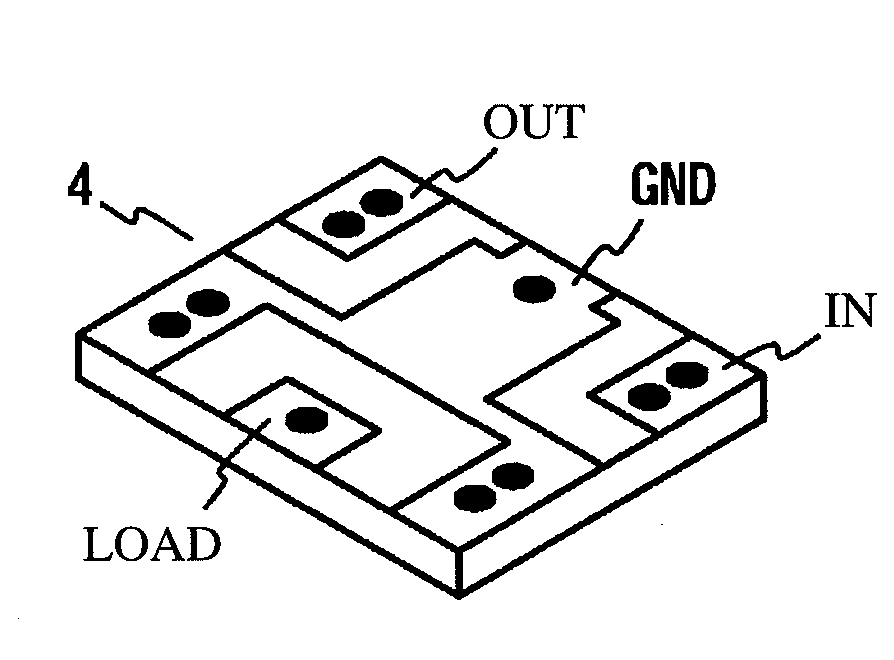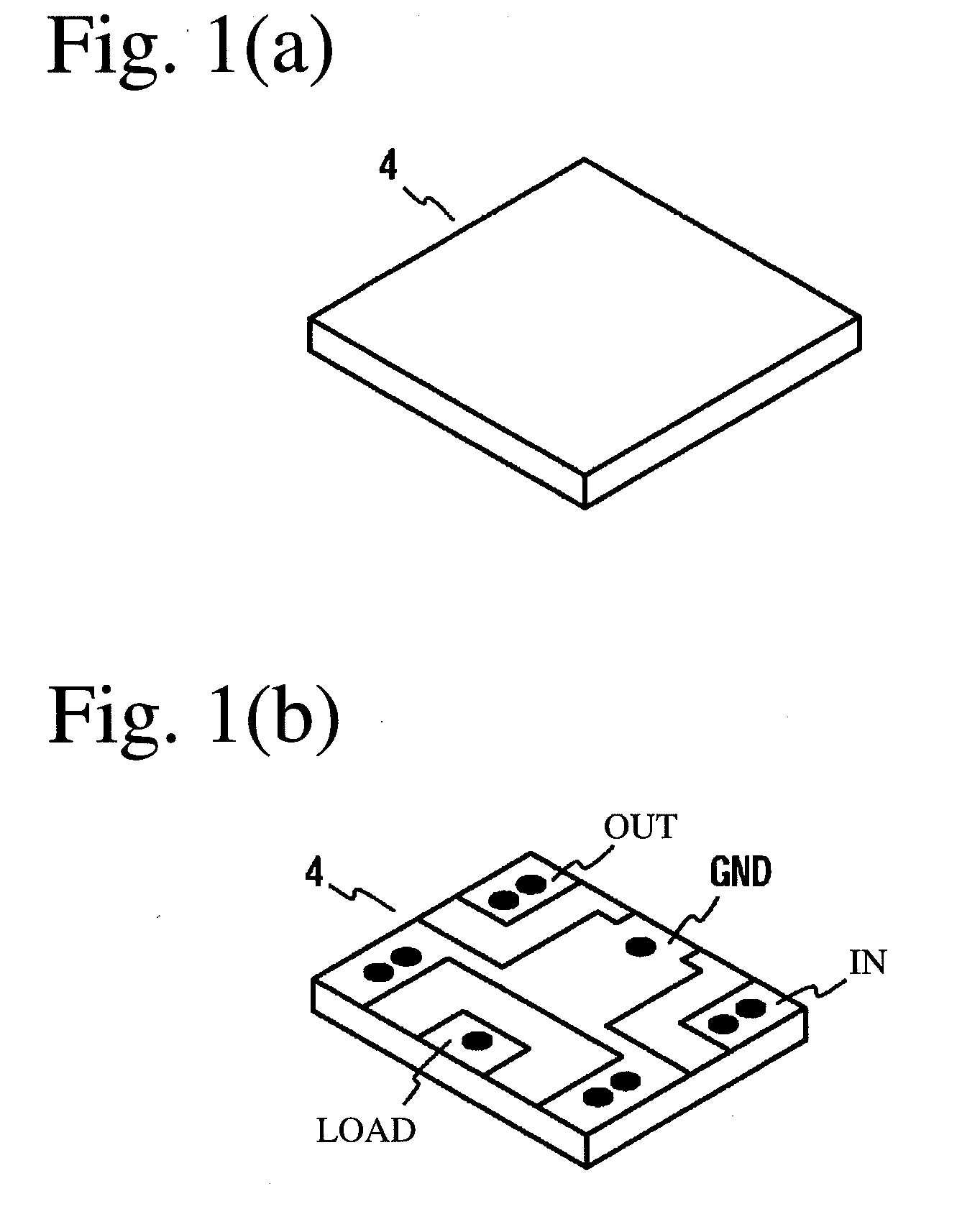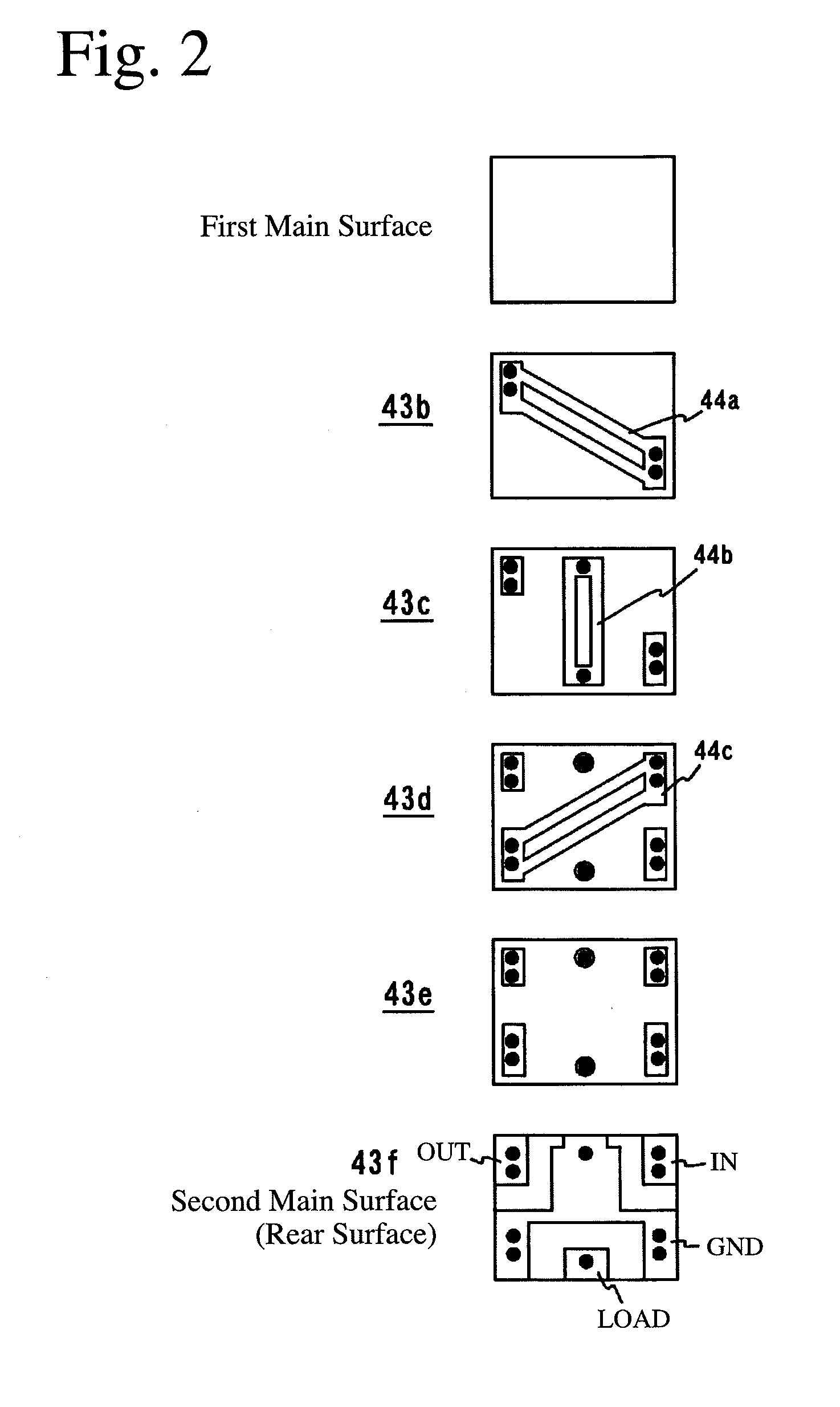Polycrystalline, magnetic ceramic material, microwave magnetic device, and non-reciprocal circuit device comprising such microwave magnetic device
a microwave magnetic device and non-reciprocal technology, applied in the direction of magnetic materials, magnetic bodies, metallic pattern materials, etc., can solve the problems of inability to produce low-loss, undesired phases, pores, etc., and the requirement of miniaturizing individual devices, etc., to achieve excellent magnetic characteristics
- Summary
- Abstract
- Description
- Claims
- Application Information
AI Technical Summary
Benefits of technology
Problems solved by technology
Method used
Image
Examples
example 1
[0045]Gd2O3, Y2O3, CaCO3, Bi2O3, Fe2O3, In2O3, V2O5, Al2O3 and ZrO2 each having a purity of 99.0% or more were formulated as starting materials in the composition shown in Table 1, mixed with ion-exchanged water to a slurry concentration of 40% by mass, wet-blended by a ball mill for 40 hours, and then dried. The resultant powder was calcined at a temperature of 825° C. for 2 hours. The calcined powder was mixed with ion-exchanged water to a slurry concentration of 40% by mass, wet-pulverized by a ball mill for 24 hours, and then dried. The resultant magnetic ceramic composition powder had an average particle size of 0.7 μm. This magnetic ceramic composition powder was mixed with an aqueous solution of a binder (PVA), and blended to obtain granulated powder, which was molded to a disc of 14 mm in diameter and 7 mm in thickness at a pressure of 2 ton / cm2. This molding was sintered at the temperature shown in Table 1 for 8 hours in the air.
TABLE 1Main Components (by atomic ratio)Y sit...
example 2
[0049]Central conductors were laminated on a rectangular microwave magnetic body having opposing first and second main surfaces and side surfaces connecting both main surfaces to produce a central conductor assembly 4 having the structure shown in FIGS. 4 and 5 by the following process. First, starting materials comprising Y2O3, Bi2O3, CaCO3, Fe2O3, In2O3, Al2O3 and V2O5 having the composition of Sample No. 20 shown in Table 1 were wet-mixed by a ball mill. The resultant slurry was dried, calcined at a temperature of 850° C., and then wet-pulverized by a ball mill to produce polycrystalline, magnetic ceramic material powder having the formula of (Y1.45Bi0.85Ca0.7)(Fe3.95In0.3Al0.4V0.35)O12 (by atomic ratio). This magnetic material powder was mixed with an organic binder (polyvinyl butyral, PVB), a plasticizer (butylphthalyl butylglycolate, BPBG), and an organic solvent (ethanol and butanol) in a ball mill, adjusted in viscosity, and formed into magnetic ceramic green sheets of 40 μm...
PUM
| Property | Measurement | Unit |
|---|---|---|
| saturation magnetization | aaaaa | aaaaa |
| residual magnetic flux density | aaaaa | aaaaa |
| melting point | aaaaa | aaaaa |
Abstract
Description
Claims
Application Information
 Login to View More
Login to View More - R&D
- Intellectual Property
- Life Sciences
- Materials
- Tech Scout
- Unparalleled Data Quality
- Higher Quality Content
- 60% Fewer Hallucinations
Browse by: Latest US Patents, China's latest patents, Technical Efficacy Thesaurus, Application Domain, Technology Topic, Popular Technical Reports.
© 2025 PatSnap. All rights reserved.Legal|Privacy policy|Modern Slavery Act Transparency Statement|Sitemap|About US| Contact US: help@patsnap.com



